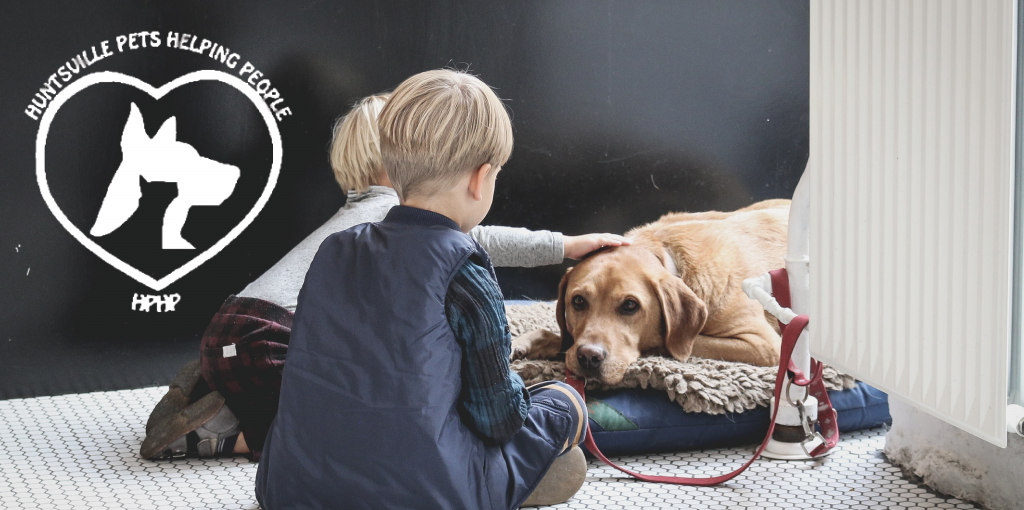Many of us have never met a deaf dog but it is estimated that between five and ten percent of dogs in the United States are deaf or hearing impaired. Many of those dogs have white coats. Deaf dogs are very much like other dogs. They usually have four paws, two ears, and maybe a long tail. However, their ears may not be completely functional. Deaf and hearing impaired dogs want and need the same things as other dogs: a loving family, safe shelter, plenty of good food at regular intervals, and lots of positive attention.
A dog who is born deaf has congenital deafness. Other animals may develop deafness as a result of head trauma, infection or inflammation of the ear canals, exposure to loud noises, use of antibiotics, or because of old age. Some dogs have reduced hearing while other individuals essentially have no hearing at all. Regardless of the cause of the hearing impairment, deaf dogs are just as intelligent as hearing dogs and are just as capable of learning manners and other skills as their hearing counterparts.
Have you noticed that your dog is less responsive to your verbal requests? Do you have to call them multiple times before they pay attention to you? Are there times that you think that dog just isn’t listening? It might be that they are not ignoring you. Rather, it might be that they are not hearing you. So how do you determine if your pet is hearing impaired? There is a simple test that can be done at home that can give you some information. Stand behind your dog but at least six feet away from them. When they are not looking in your direction, make a noise such as clap your hands loudly, blow a whistle, squeak a toy, rattle keys, or ring a bell. If the dog does not startle or look in the direction of the noise, they may be hearing impaired. A trip to the veterinarian for further diagnostic testing can confirm the suspected diagnosis and determine the level of impairment.
If you live in a multiple dog household, you may have a hearing impaired dog and not know it. For example, the dogs may be outside on the far side of the yard. You go to the door and call them. All of them come running to you. However, one dog may be running in response to the other dog’s actions, not because he heard you. Separate that individual from the pack for a few minutes and perform the clap or whistle test to determine if there is a hearing concern. Once the veterinarian confirms that your dog is hearing impaired, you may think now what?
Training is the answer. If you taught your dog hand signals when they learned basic obedience skills (come, sit, stay, etc.), you are ahead of the game. You can continue communicating with your deaf dog with those signs. If hand signs were not taught or your dog does not have obedience skills, it is not too late for them to learn. Once you decide to teach hand signs, you have to decide which signs to use. Initially, signs will be needed for watch me, come, sit, stay, off, heel, no, wait, leave it, and good job/ok. Signs need to be clear and made with only one hand since the leash may be in your other hand. You can create your own signs but using standardized signs are more practical as more people may know them. An easy sign to use is a thumbs up. It is used to tell your dog that she did something good or what you wanted her to do. The Acorn Project is trying to standardize deaf dog signs for use by veterinary personnel, shelter staff, boarding kennel workers, groomers, and individuals. A printable poster of basic hand signs for deaf dogs can be found at: www.acorn-project.org/fundamentals.
Here are a few suggestions for life with an animal who has hearing impairment:
– For their safety, always keep a deaf dog on a leash or in a fenced yard. Deaf dogs will not hear approaching vehicles or nearby people or dogs.
– Add a collar tag that says “Max is deaf” and provide a contact name and phone number. His deafness is key information that would be essential if Max was picked up by animal control or found by a stranger.
– Use care when waking a deaf animal. A startled animal may bite. One method to use is if the dog or cat is sleeping on the floor is to walk near them. Then stomp your foot. They may feel the floor vibrations and wake up. An alternative is to place a hand near their nose and let them register the scent and wake up on their own.
– Let your pet know when you are leaving a room. If you just disappear, they may panic while searching for you.
– Be consistent in communicating with them. Everyone in the family needs to use the same signs for the same activities such as sit and come. A deaf dog should not be expected to deal with four signs for sit depending on which person in the family asks for the action.
If you have the opportunity to adopt a deaf dog, I hope that you will give it careful consideration and not immediately dismiss a deaf dog because they are “damaged goods” or they are too much work. Yes, there will be challenges such as learning some key hand signs. But there will be rewards too. With some time and effort you can train a deaf dog to have good manners and follow the rules of the household. In turn you will have a fun and loving family member for many years to come.
For more detailed instruction for teaching hand signs, refer to Acorn’s DEAFinitely Awesome Dictionary of Signs, available on Amazon.com
